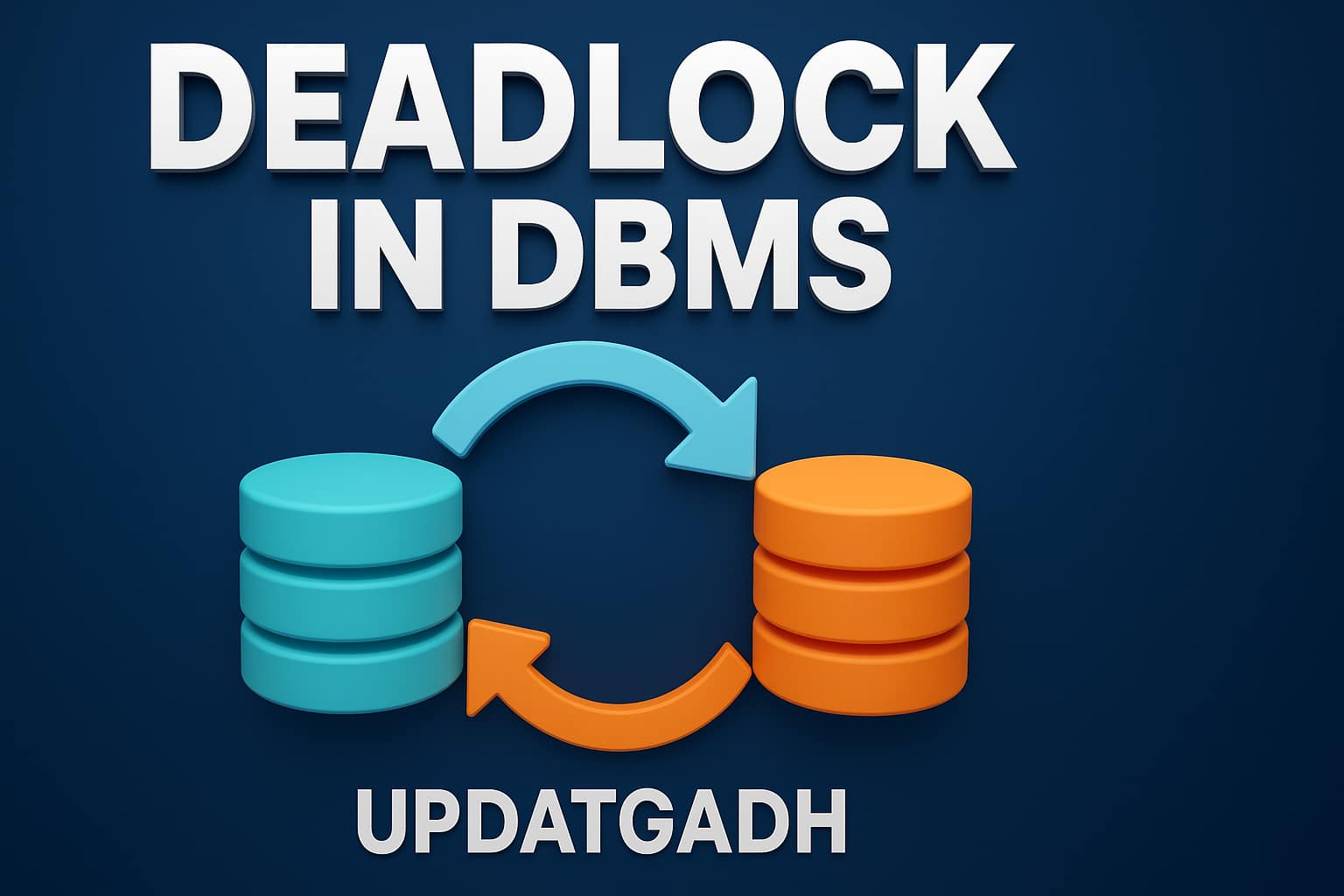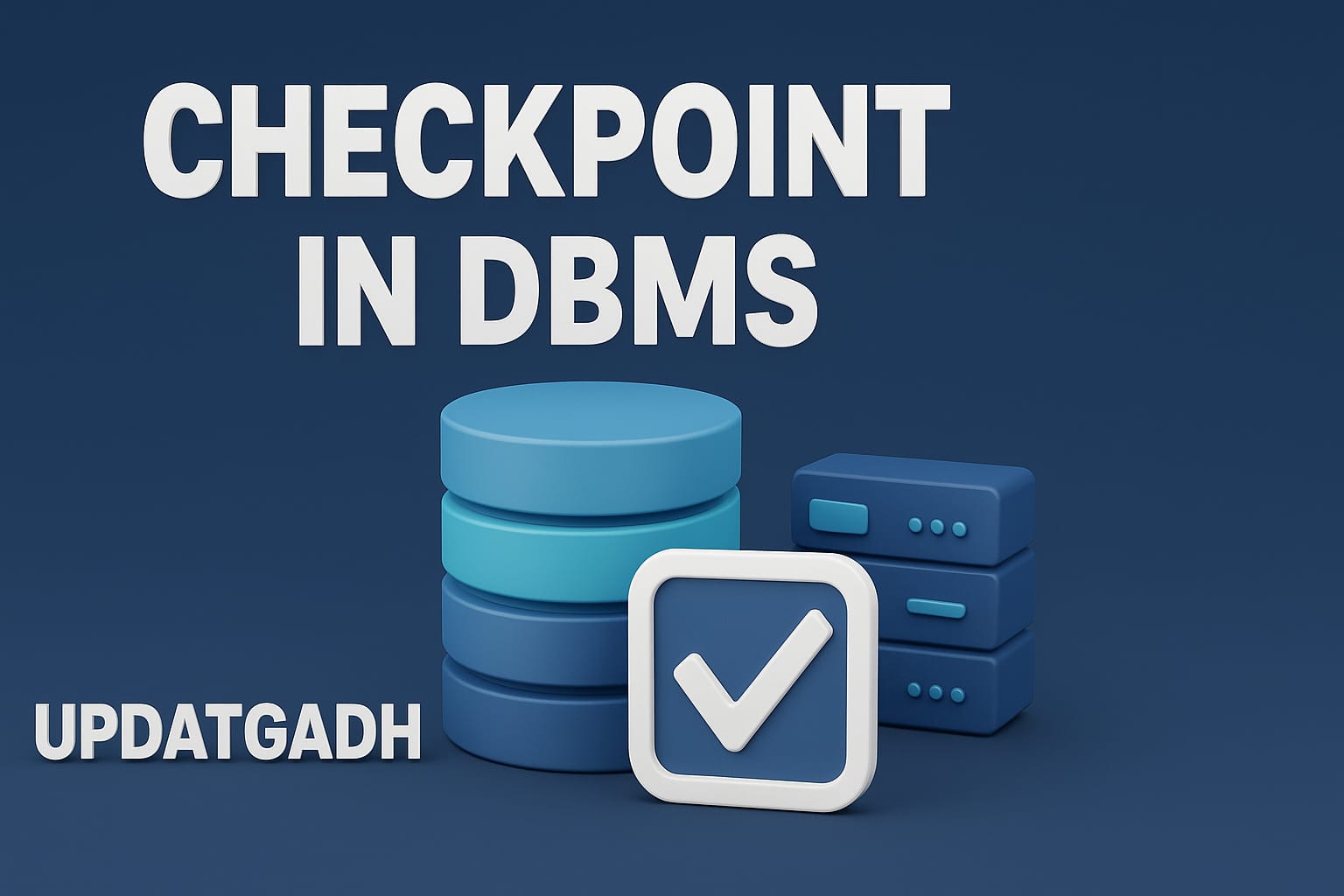
Recoverability of Schedule
Recoverability of Schedule
Introduction
Recoverability plays a crucial role in maintaining the integrity of database systems. It ensures that even in the event of unexpected failures such as system crashes, power outages, or software malfunctions, the database can return to a stable and consistent state. This concept becomes particularly important in environments where data is frequently updated and accessed simultaneously by multiple users. At its core, recoverability guarantees that all changes made by transactions are handled correctly, preserving both accuracy and reliability.
Machine Learning Tutorial:–Click Here
Data Science Tutorial:-Click Here
Complete Advance AI topics:- CLICK HERE
Deep Learning Tutorial:- Click Here
What is Recoverability in Databases?
Recoverability in databases refers to the ability of a system to correctly manage the changes made by transactions. In simple terms, if a transaction completes successfully, its changes must be retained. On the other hand, if a transaction fails or gets interrupted midway, all its effects must be undone to maintain data correctness.
This concept is vital in multi-user systems or in cases where data is frequently modified. Without recoverability, a single failed transaction could lead to inconsistent or corrupted data, making the system unreliable.
DBMS Recoverability of Schedule
The mechanism that makes recoverability possible is transaction logging. Transaction logs keep a detailed, step-by-step record of every action performed by transactions. In the event of a system failure, the database can use these logs to:
- Redo the work of successful transactions.
- Undo the effects of incomplete transactions.
This ensures the safety and accuracy of data. Since most real-world transactions execute concurrently, some are independent while others may depend on the results of another. If a dependent transaction fails, it can trigger a chain reaction, affecting multiple transactions.
Levels of Recoverability in Database Systems
Databases support different levels of recoverability. The most common ones include:
- No-Undo Logging
- Simplest form of logging.
- Once a transaction commits, its changes are permanent.
- However, if a transaction fails before completion, its partial changes cannot be undone.
- Undo Logging
- Allows the system to reverse changes made by incomplete transactions.
- In some cases, even changes from successful transactions may be removed if they depend on failed ones.
- Redo Logging
- Supports reapplying changes from completed transactions after a failure.
- Does not handle undoing incomplete transactions.
- Undo-Redo Logging
- The most reliable method.
- Enables both undoing unfinished transactions and redoing completed ones.
- Ensures the database is restored to the exact correct state.
Extra Recovery Techniques
To improve efficiency and reduce recovery time, DBMSs often use additional techniques such as:
- Checkpointing: Periodically saves a snapshot of the database state, reducing the amount of work required during recovery.
- Shadow Paging: Maintains a duplicate copy of data pages so that changes can be rolled back quickly if a failure occurs.
Recoverability in Database Systems
If a transaction fails due to a hardware fault, software bug, or crash, it must be rolled back. However, other transactions may have used values produced by the failed one. In such cases, those dependent transactions also need to be rolled back to maintain consistency.
Irrecoverable Schedule
- Example: Suppose transaction T1 writes a value of A, and T2 reads and commits using that value. Later, T1 fails.
- Since T2 already committed, it cannot be rolled back.
- This type of schedule is called irrecoverable.
Definition: A schedule is irrecoverable if Tj reads a value written by Ti and commits before Ti commits.
Recoverable with Cascading Rollback
- Example: T1 writes a value, T2 reads it but does not commit until T1 commits. Later, T1 fails.
- In this case, both T1 and T2 can be rolled back.
- This is called recoverable with cascading rollback.
Definition: A schedule is recoverable with cascading rollback if Tj reads the updated value of Ti, but its commit is delayed until Ti commits.
Cascade-Less Recoverable Schedule
- Example: T1 commits first, and only then T2 reads its value.
- This ensures no cascading rollbacks are needed.
- This is called a cascade-less recoverable schedule.
Frequently Asked Questions
Q1. Why is recoverability important in database systems?
Recoverability ensures that the database remains consistent and trustworthy, even after unexpected failures like crashes or power loss. It prevents incomplete transactions from corrupting data while preserving changes from completed ones. Without it, systems would become unreliable and prone to data loss.
Q2. How does a DBMS restore the database after a failure?
A DBMS uses transaction logs to track all actions. During recovery, it undoes incomplete transactions and redoes committed ones. Techniques like checkpointing and shadow paging further simplify recovery, enabling the system to return to a correct and consistent state.
Complete Python Course with Advance topics:-Click Here
SQL Tutorial :-Click Here
Download New Real Time Projects :–Click here
Conclusion
Recoverability is a cornerstone of database reliability. It allows a Database Management System (DBMS) to maintain data integrity even when unexpected issues occur. By ensuring atomicity, durability, and proper transaction logging, alongside methods like checkpointing and shadow paging, the DBMS can guarantee that data remains accurate and trustworthy.
Ultimately, recoverability protects users from data corruption and ensures the system always returns to a safe and consistent state after failures. For more insights on database systems, keep exploring with UpdateGadh.
recoverable schedule in dbms
cascadeless schedule
recoverability in dbms
strict schedule in dbms
cascadeless schedule in dbms
recoverable schedule example
recoverable and non recoverable schedule in dbms
cascading schedule in dbms
recoverability of schedule example







Post Comment